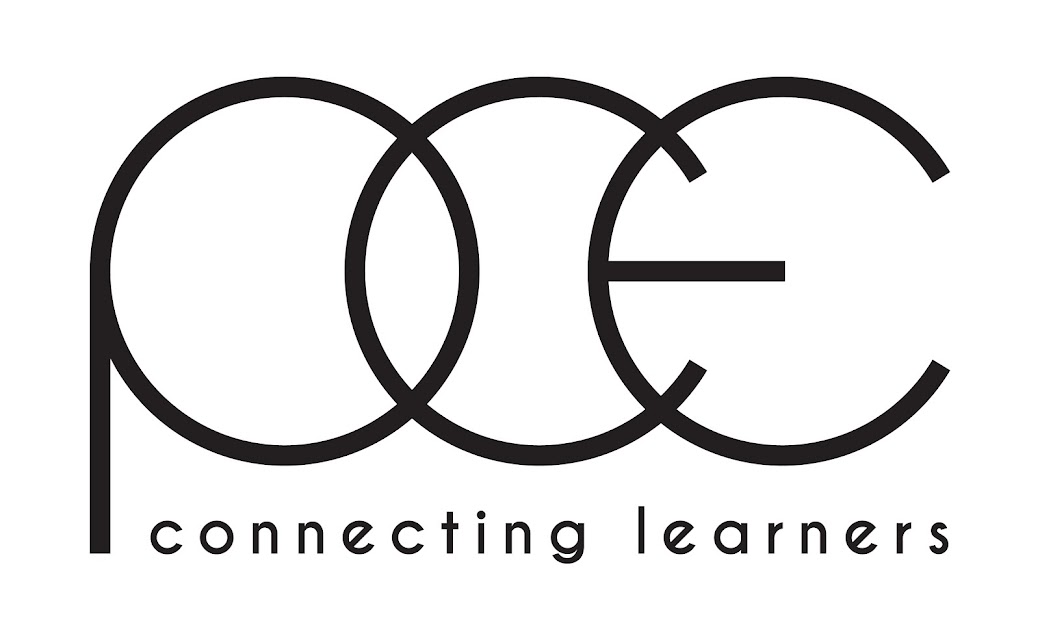We have moved our blog to a new website.
To read this blog and more, please visit:
“ There are three teachers of children: adults, other children, and their physical environment.”
– Loris Malaguzzi
These were the walls that we had when we started in Kindergarten...and we thought they looked great! We carefully put up these bright pieces of broad cloth and busy borders. We thought this was what Kindergarten was supposed to look like. When we look back at these photos today, we feel instantly overwhelmed. We have made some fundamental changes to our environment structure and walls.
When considering making changes to your learning environment or working to understand the importance of making change we reflected on some of these questions together as a team.
1) What message does your classroom send to families/students?
The choices that we make while setting up and maintaining our environments send a clear and powerful message to families and children about what is important and valued.
When a room is full of clutter and materials that the children are not allowed to touch - what message does that send to them? Are we setting ourselves and the children up for success if their environment is overwhelming or cluttered with too many visuals/materials?
We used to use stop signs to let children know which bins they could use since we had not created proper storage for our materials. The signs were distracting and often overwhelming for the children to see materials that they couldn't access. We believe that if the children can see the materials, they should be able to access them!
How can you make that change and reduce clutter? Think carefully about what materials need to be kept at school, what materials can simply be thrown out, and how things are organized in the room.
2) How does your room flow? Where are centres in relation to each other?
It is important to think about the FLOW in your room. We have tried to limit the number of tables in the classroom so that we have just enough spaces for the children during nutrition breaks.
Through our observations we have noticed that children often are gravitated to working on the floor so we try to ensure that there is a balance of tables and open spaces for creative thinkers.
3) LESS is MORE...
Storage is always an issue in classrooms, there never seems to be enough! However, there are creative ways to work around storing materials. In our classroom we keep anything that personally belongs to us at home and we have used black fabric to cover just a couple of shelves so that teacher resources are out of sight.
 |
| Black Fabric Covering Shelves on the Left Wall of the Classroom |
We start the year with very minimal materials out - in our building area there is nothing but wooden blocks, our art area begins with crayons, paper and pencils and our nature area begins with a limited number of loose parts and a small basket of animals.
Although these areas grow and change through the year, we still try not to overcrowd shelves too many materials. We want things that are out to be purposeful and our goal is for the children to learn how to respect and use what is provided before we continue to add more.
Our Kindergarten classrooms all share materials - instead of each classroom having small sets of materials, we spent a few days putting all of our resources together.
This allows for us to be more intentional with the materials that we are using in our rooms. When pooled together, we have more of each resource and can make better decisions in our purchasing (e.g., not buying 4 of the same puzzle).
We have created a shared storage system for each type of material (e.g., building materials, science materials, puppets, dramatic play, playdough, puzzles, sand and water). We all have some staple materials in our rooms, but we rotate in and out other materials that do not need to be there all year.
Our shared storage system allows for the educators to be more intentional in selecting materials since everything doesn't have to be out at once!
4) Natural, calm colours...with a focus on student learning and work!
We have had families question why the room was so bare and why it was so "brown" in the Fall. We have grown to have great conversation about how it is less stimulating than bright primary colours, explaining that when a provocation is set out it attracts the children's attention, and how documentation or student work adds colours to the walls instead of a busy ABC border or premade poster.
5) How will you present materials to the children?
"When materials for learning, such as blocks or paint, paper and brushes are stored and organized in thoughtful ways, it gives the message that these are important tools for learning" - Lisa Burman
When we present materials in transparent containers, when we organize paint brushes by size and markers by colour...we are really supporting the children in slowing down. You will see the children make more deliberate and thoughtful choices in the tools that they need. In addition, you will see the children treat the materials as tools, rather than disposable materials.
6) Take your time!
Thinking about your environment doesn't need to cost you money or take hours of your time. The process should be gradual, it should involve the children and your colleagues, and it will take time!
You do not need to overhaul your entire classroom overnight. You can simply start with one wall or one area and reflect on what changes you might be able to make.



